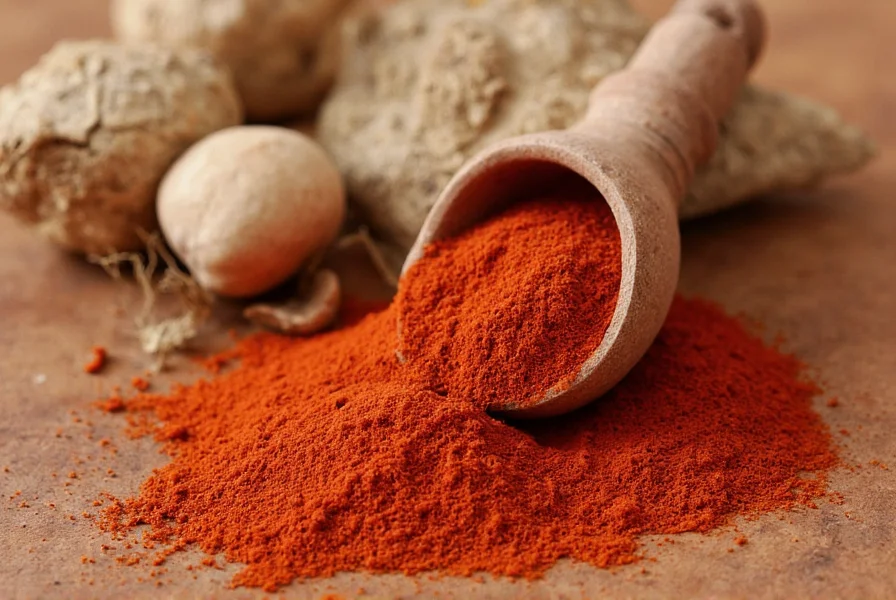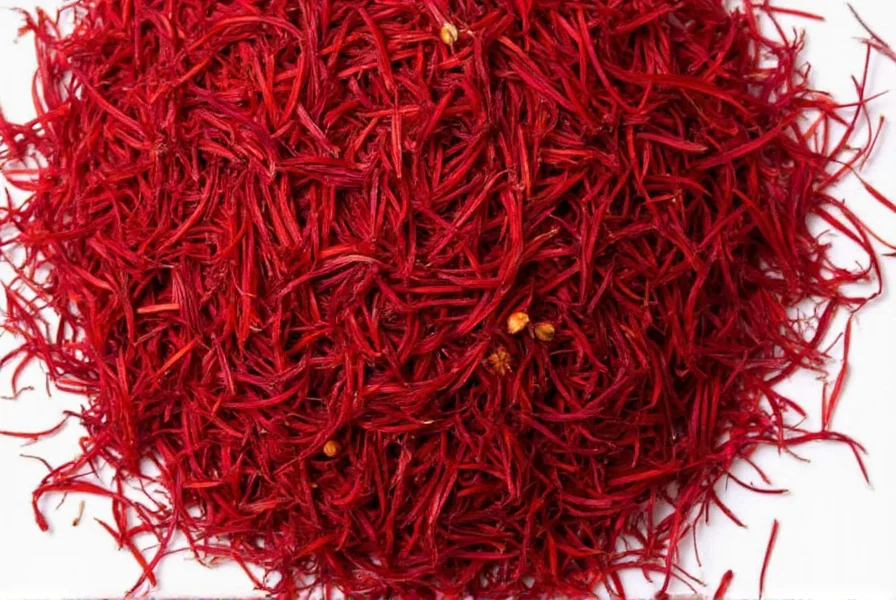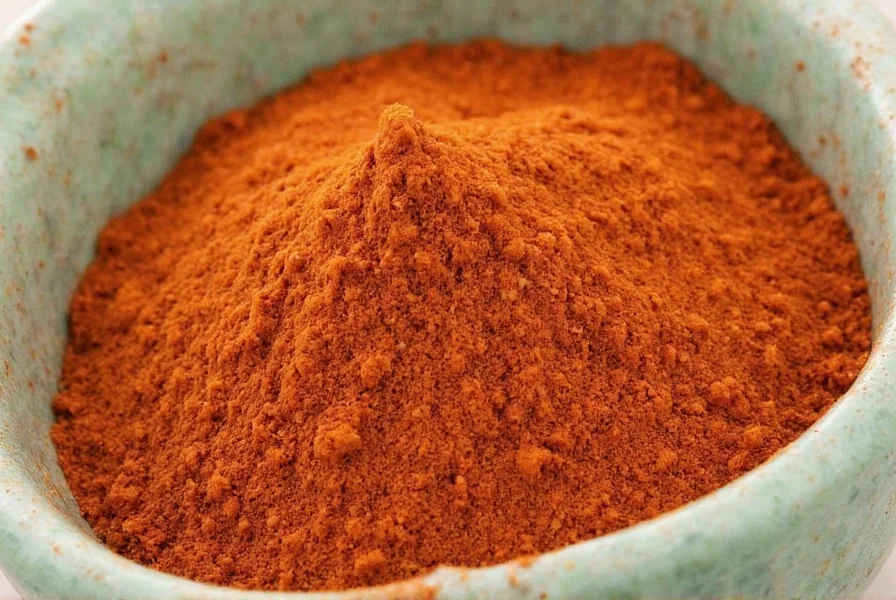When searching for what is shafran spice, many consumers encounter confusion due to regional naming differences. This comprehensive guide clarifies the terminology, properties, and applications of this precious spice that has been valued for millennia across multiple cultures.
Understanding Shafran: More Than Just a Name
The term "shafran" originates from the Persian word "za'faran," which itself comes from the Arabic "za'faran" meaning yellow—the color it imparts to foods. In South Asian countries like India and Pakistan, "shafran" is the common term for what Western markets call "saffron." This linguistic variation causes frequent misunderstanding, with some consumers believing shafran is a different or inferior product.
Botanically, there is no difference between shafran and saffron—they refer to the exact same product: the dried stigmas of the Crocus sativus flower. Each flower produces only three stigmas, which must be hand-harvested at dawn when the flowers are still closed, explaining saffron's high cost (approximately $5,000 per pound).
Global Terminology of the World's Priciest Spice
| Region | Common Name | Linguistic Origin |
|---|---|---|
| Middle East/South Asia | Shafran, Zafran, Kesar | Persian/Arabic |
| Europe/North America | Saffron | Latin "safranum" |
| Spain | Azafrán | Arabic influence |
| India | Kesar | Sanskrit "kesara" (hair) |
Culinary Applications of Shafran/Saffron
Understanding how to use shafran in cooking properly is essential for maximizing its flavor and color. Unlike many spices, saffron's compounds are water-soluble rather than fat-soluble, requiring specific preparation:
- Traditional blooming method: Crush 10-15 threads and steep in 2-3 tablespoons of warm liquid (water, milk, or broth) for 15-20 minutes before adding to dishes
- Temperature sensitivity: Heat degrades saffron's compounds, so add it late in the cooking process
- Color potency: Just 0.02 ounces (0.5g) can color 2.2 pounds (1kg) of rice
In Persian cuisine, shafran features prominently in chelow rice dishes and sholeh zard (saffron rice pudding). Indian recipes use it in biryanis and kheer, while Spanish paella relies on its distinctive color and flavor. The shafran spice in Indian cuisine tradition dates back to Mughal times, where it symbolized luxury and was used in royal kitchens.

Evidence-Based Health Benefits
Research into shafran spice benefits reveals several potential health applications, though consumers should understand these are not medical claims:
- Mood regulation: Multiple studies suggest saffron may help alleviate mild to moderate depression symptoms
- Antioxidant properties: Contains crocin and crocetin, powerful antioxidants that may protect cells from damage
- Eye health: Preliminary research indicates potential benefits for age-related macular degeneration
- PMS symptom relief: Some clinical trials show reduced symptoms with saffron supplementation
It's crucial to note that these benefits require proper dosage (typically 30mg daily of standardized extract) and should not replace medical treatment. The authentic shafran identification becomes critical here, as adulterated products won't deliver these potential benefits.
Identifying Genuine Shafran/Saffron
Given saffron's high value, approximately 80% of products labeled as saffron contain some level of adulteration. Key indicators of real vs fake shafran include:
- Visual inspection: Authentic threads are deep red with slight orange tips, never uniformly bright red
- Water test: Place threads in warm water—they should gradually release yellow color (not instant red)
- Aroma test: Genuine saffron has a sweet, hay-like fragrance, not chemical or medicinal
- Texture: Threads should feel slightly brittle but not powdery
The ISO 3632 standard provides the most reliable quality assessment, measuring crocin (color), picrocrocin (taste), and safranal (aroma) content. When shopping, look for ISO certification rather than just "pure" claims.

Proper Storage and Usage Guidelines
To maintain the delicate compounds in shafran spice, follow these storage recommendations:
- Store in an airtight container away from light and moisture
- Keep in a cool, dark place (refrigeration extends shelf life)
- Use within 6 months for optimal flavor (though safe indefinitely)
- Never store in plastic bags which can absorb saffron's volatile compounds
For culinary applications, remember that a little goes a long way. Most recipes require only 10-20 threads (0.05-0.1g) for four servings. Overuse creates bitterness rather than enhancing flavor.
Common Misconceptions About Shafran
Several myths persist about this valuable spice:
- Misconception: "Shafran" is a different or inferior product to "saffron"
- Reality: They are identical—only the terminology differs by region
- Misconception: Red saffron is superior to orange-tipped threads
- Reality: The orange tips contain the highest concentration of flavor compounds
- Misconception: Saffron should be added directly to dry ingredients
- Reality: Blooming in liquid first maximizes flavor and color extraction
Frequently Asked Questions
Is shafran spice different from saffron?
No, shafran is not different from saffron. Shafran (also spelled zafran or kesar) is the Persian and Urdu term for saffron. They refer to the exact same product - the dried stigmas of the Crocus sativus flower. The difference is purely linguistic, with 'shafran' commonly used in South Asia and the Middle East, while 'saffron' is the term used in Western markets.
Why is shafran so expensive compared to other spices?
Shafran/saffron is expensive due to its labor-intensive harvesting process. Each Crocus sativus flower produces only three stigmas, which must be hand-picked at dawn when the flowers are still closed. It takes approximately 75,000 flowers (or 225,000 hand-picked stigmas) to produce just one pound of saffron. The entire harvesting window lasts only 1-2 weeks each year, contributing to its high cost of about $5,000 per pound.
How can I tell if my shafran is authentic and not adulterated?
To verify authentic shafran, perform these tests: 1) Water test - place threads in warm water; genuine saffron releases yellow color gradually (not instant red), 2) Visual inspection - authentic threads are deep red with slight orange tips, never uniformly bright red, 3) Aroma test - should have a sweet, hay-like fragrance (not chemical), and 4) Texture - threads should feel slightly brittle but not powdery. For guaranteed quality, look for products with ISO 3632 certification which measures the actual crocin, picrocrocin, and safranal content.
What are the proper storage methods for shafran spice?
Store shafran in an airtight container away from light and moisture. Keep it in a cool, dark place, and refrigeration can extend its shelf life. Use within 6 months for optimal flavor and color, though it remains safe indefinitely. Never store saffron in plastic bags as they can absorb its volatile compounds. Properly stored, the delicate compounds that provide saffron's distinctive flavor and color will remain potent for culinary use.
How should I use shafran in cooking for best results?
For optimal results when using shafran, follow these steps: 1) Crush 10-15 threads gently, 2) Steep in 2-3 tablespoons of warm liquid (water, milk, or broth) for 15-20 minutes, 3) Add this infused liquid late in the cooking process (heat degrades saffron's compounds), 4) Remember that a little goes a long way - most recipes need only 10-20 threads for four servings. Never add dry threads directly to dishes as this doesn't properly extract the flavor and color compounds.











 浙公网安备
33010002000092号
浙公网安备
33010002000092号 浙B2-20120091-4
浙B2-20120091-4